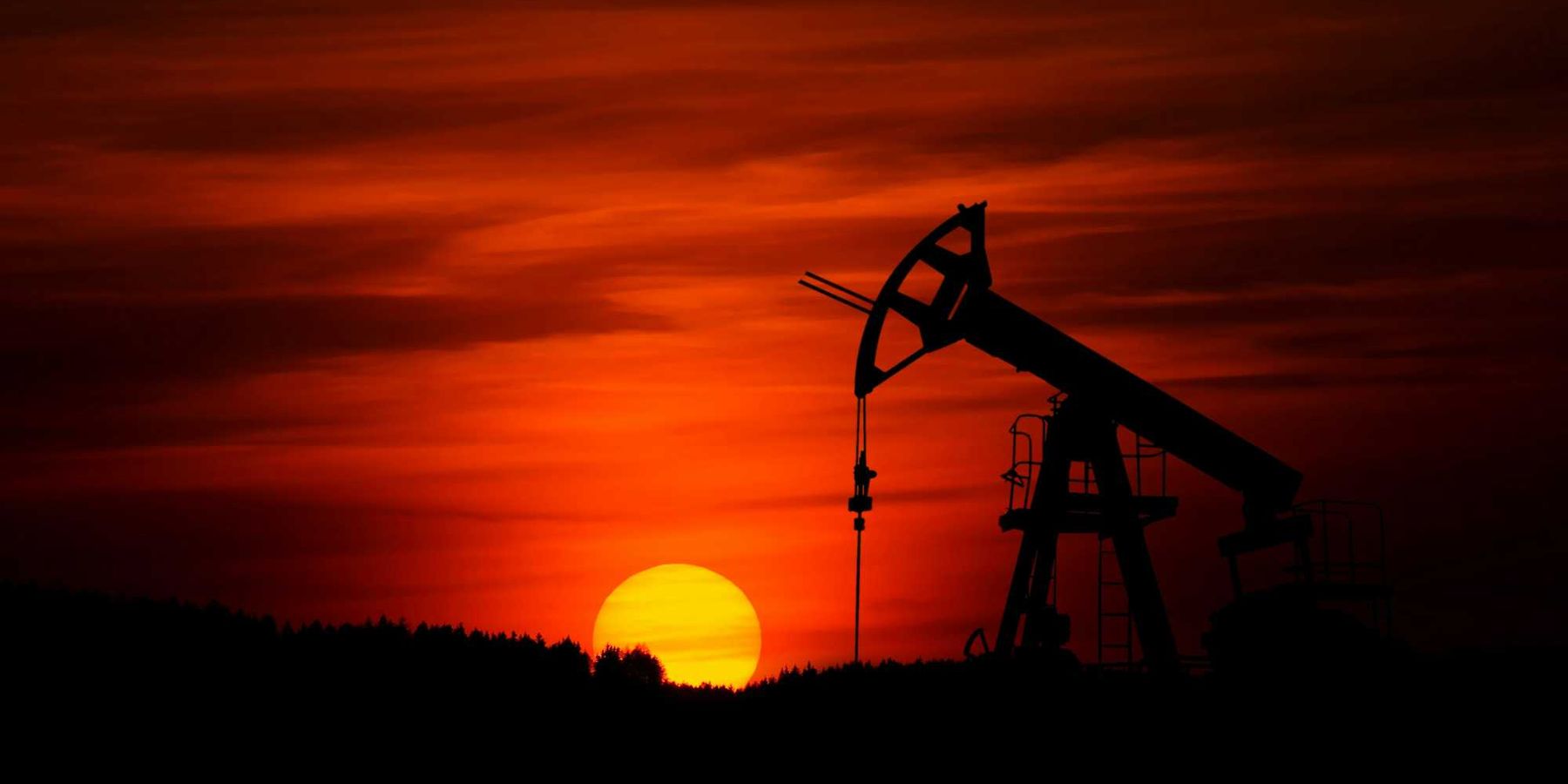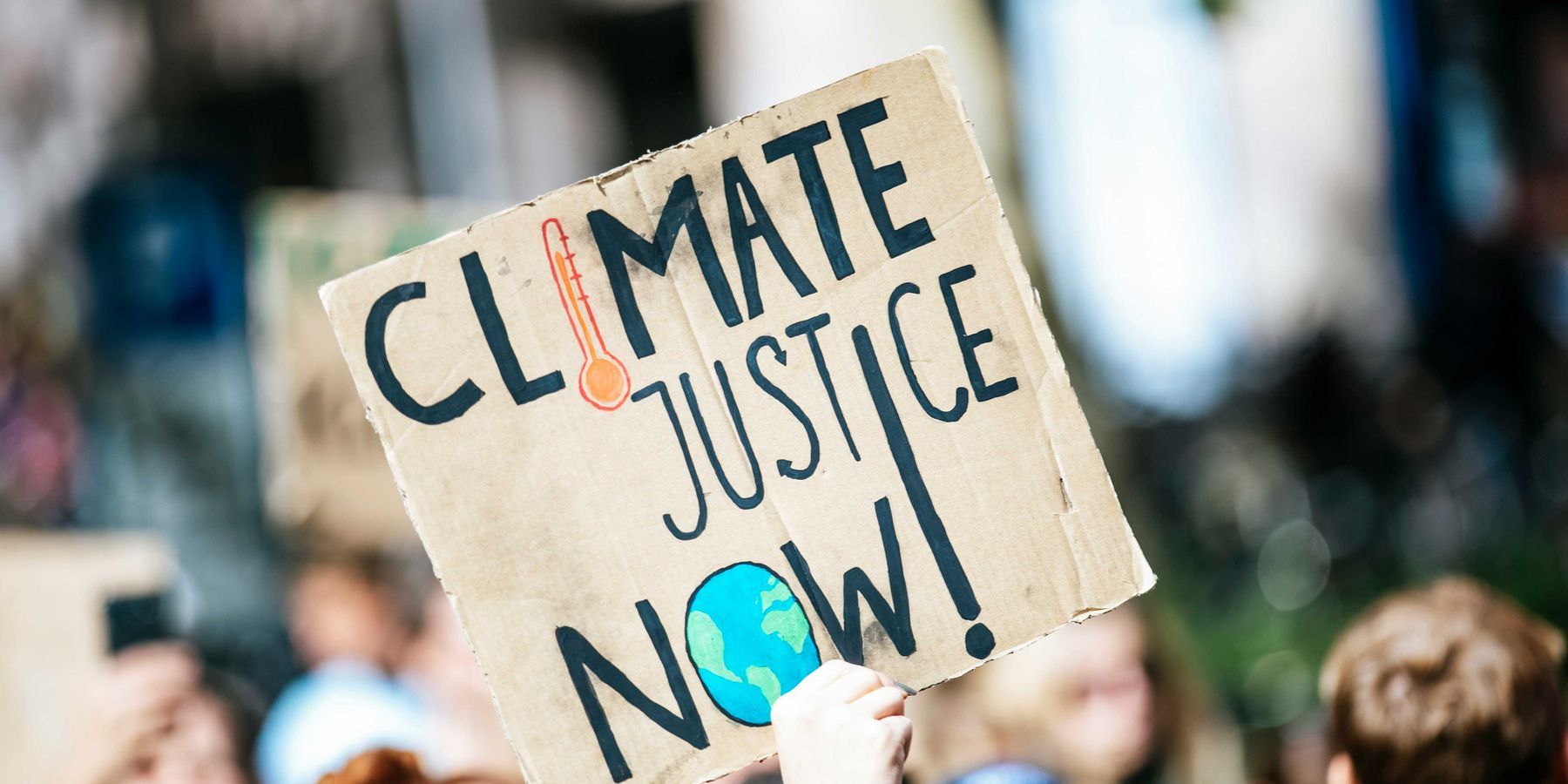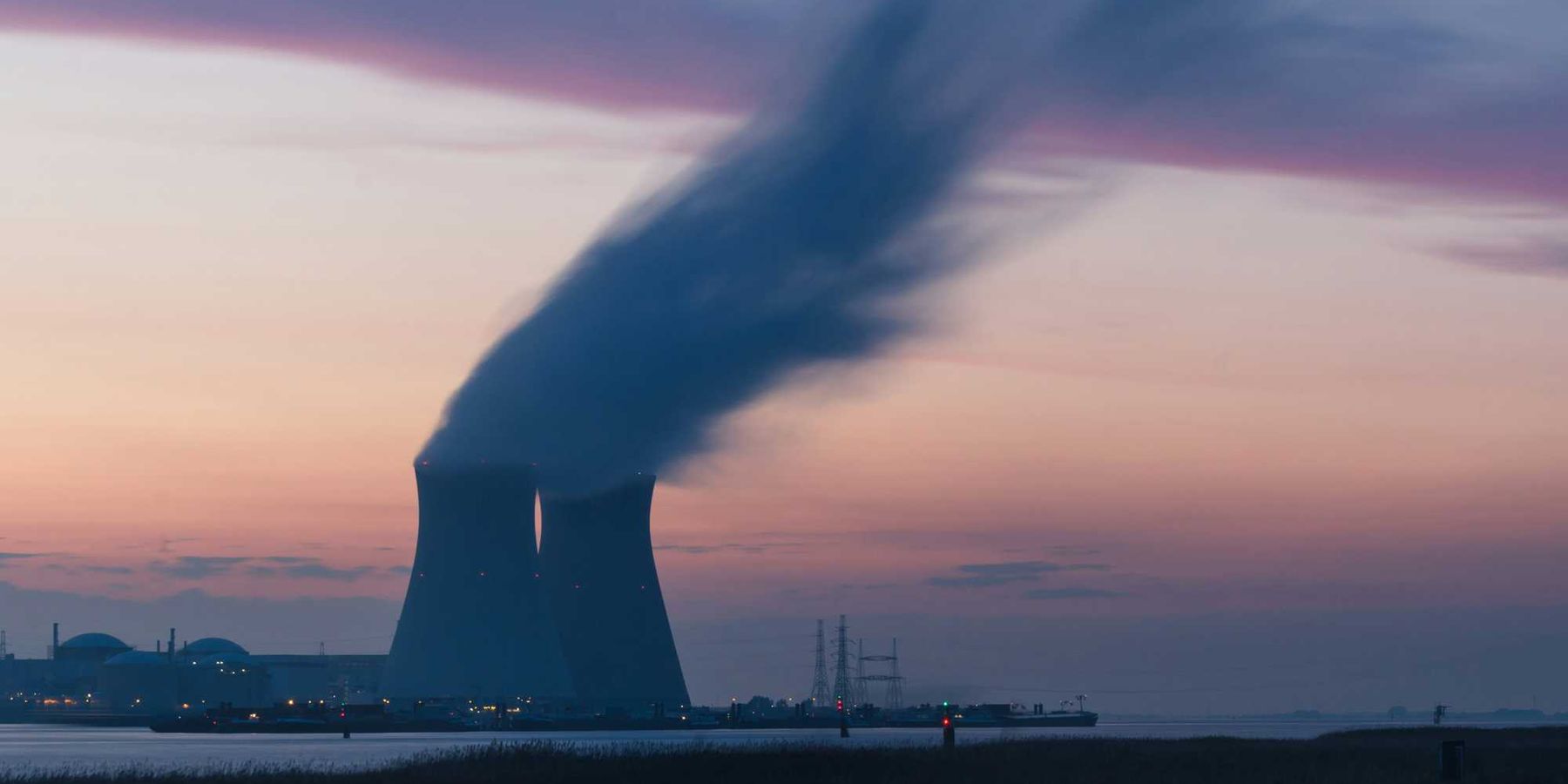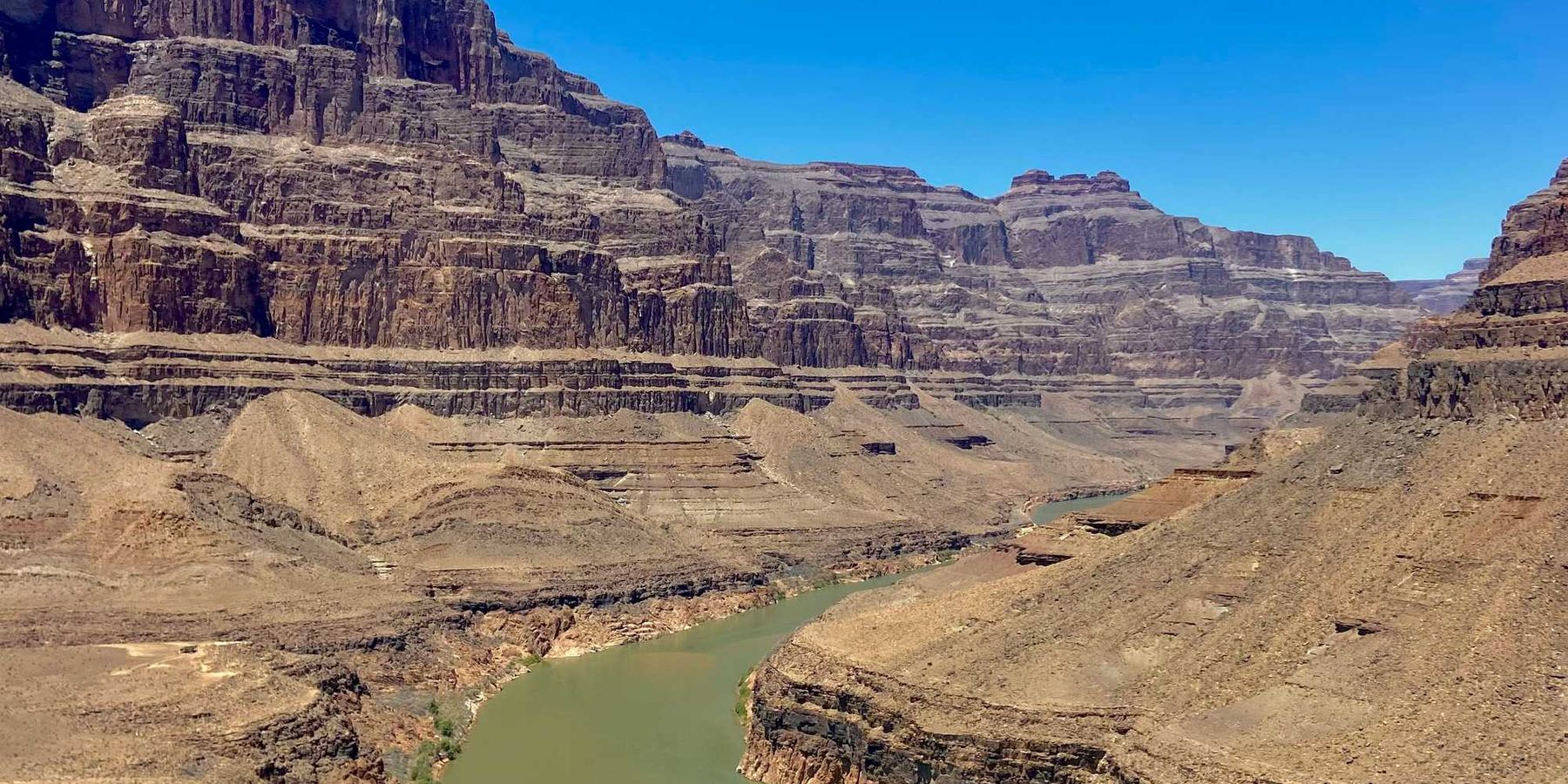Tens of thousands of New York-area homes could vanish under rising floodwaters by 2040
New York City could lose over 80,000 homes to climate-driven flooding in the next 15 years, compounding an already severe housing crisis across the region.
Mihir Zaveri and Hilary Howard report for The New York Times.
In short:
- A report by the Regional Plan Association estimates that 82,000 homes across Staten Island, Queens, Long Island, and Westchester could be lost to flooding by 2040.
- The New York metro region already faces a shortfall of 362,000 homes, a number expected to rise to 1.2 million due to flooding, population growth, and aging housing stock.
- Officials and planners are urging major zoning changes and resilience investments, including floodwalls, managed retreat, and denser housing, to offset losses and adapt to extreme weather.
Key quote:
“You’re going to need to build more housing to just replace what is lost in your own municipality.”
— Moses Gates, vice president for housing and neighborhood planning, Regional Plan Association
Why this matters:
As sea levels rise and coastal storms intensify, cities like New York are confronting a double crisis: a deepening housing shortage colliding with the escalating risks of climate change. Once considered safe and stable, many neighborhoods—particularly those in flood-prone areas like the Rockaways or parts of Staten Island—now lie on the frontlines of environmental upheaval. Officials face growing pressure to decide whether to build costly sea walls, encourage managed retreat, or embrace new models of urban density that prioritize both resilience and equity.
Read more: Climate risks may trigger the next housing crisis













